FS Colour Series: Crimson inspired by Jan Van Eyck’s Decadent Red
Vibrant, seductive and indulgent, Crimson linen’s entrancing hue brought pulsing lifeblood into Jan Van Eyck’s iconic paintings. Red dye was rare and exotic in 15th century Europe, making it a potent symbol of luxury, wealth and prominence. In his real life portraits Van Eyck draped figures and interiors in this decadent red hue to signify their high society status, while his religious commissions tapped into red’s ancient significance with spiritual characters bathed in glowing cardinal reds. One of the most famous painters in the world, Van Eyck had an inimitable ability to transform simple matter into glistening treasure troves as historian H Beenken writes, “A fruit upon a windowsill becomes like a jewel, a bronze planter or a chandelier are transformed into precious objects… in his interior, nothing looks common.”
Van Eyck’s early life is shrouded in mystery, although it is thought he was born and raised in Maaseik, near Maastricht to a wealthy family. Scholars have found evidence Van Eyck worked in The Hague for John of Bavaria in 1422 and by 1425 he was working as a painter in Bruges and Lille for the patron Philip the Good, the Duke of Burgundy. Van Eyck’s reputation gathered pace throughout Europe as his startling levels of realism attracted prestigious clients from far and wide, earning him a secure and steady income.
In Van Eyck’s Portrait of a Man (Léal Souvenir), 1432, a mysterious male figure grips a scroll with one hand while thick, velvety red robes envelop his shoulders with warmth, contrasting sharply with the earthy green tone of his headdress. Beneath him, the inscription “Leal Souvenir” (Loyal Remembrance) suggests the painting was made posthumously in loving memory of a once revered figure.
Portrait of a Man, 1433 also brings extravagantly rich red fabric into an otherwise sombre scene, lending it a boost of energy and life. Though the title is ambiguous, it is thought this is in fact a self-portrait, in which Van Eyck wears a chaperon headdress, the style of the day, piled high onto his head. Light weaves in and out of the fabric’s rocky, tumultuous surface, undulating as if caught in motion, creating dramatic form and space that seems to expand outwards from the painting towards us.
One of the most famous, studied paintings in the world, The Arnolphini Portrait, 1434 was completed just a year later, portraying the wealthy young couple Giovanni di Nicolao di Arnolfini and his wife in their lavishly decorated new home. The entire surface of the painting seems to sparkle with glistening light that catches various textures, from the gilded chandelier to the reflective mirror in the centre, but it is the muffling red that brings depth and weight into the scene, encircling the female sitter’s vivid green clothing and white headdress with earthy resonance. Seen alongside their fur lined clothing, the indulgent shade of red becomes a potent symbol of their wealth and prosperity.
Van Eyck’s religious commissions were just as decadent and sumptuous as his portraits, particularly in his later career when characters wore dense, richly patterned clothing encrusted with gold, jewels and fur, while interiors featured intricate floral wallpaper and carvings painted with photographic levels of realism. In The Virgin and Child with Canon van der Paele, 1436, the enthroned Virgin Mary wears satin red robes that sing with glorious radiance, forming rippling rivulets around her before pooling into deliciously rich folds and creases below. Around her more muted shades of red bleed into the carpet, stonework and servants’ clothing beyond, as if to emphasise the power of her pervasive and enduring influence.





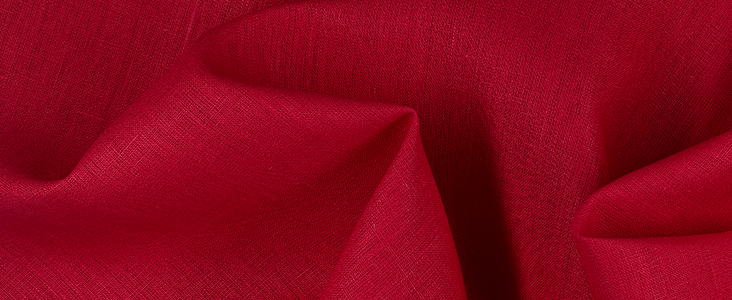
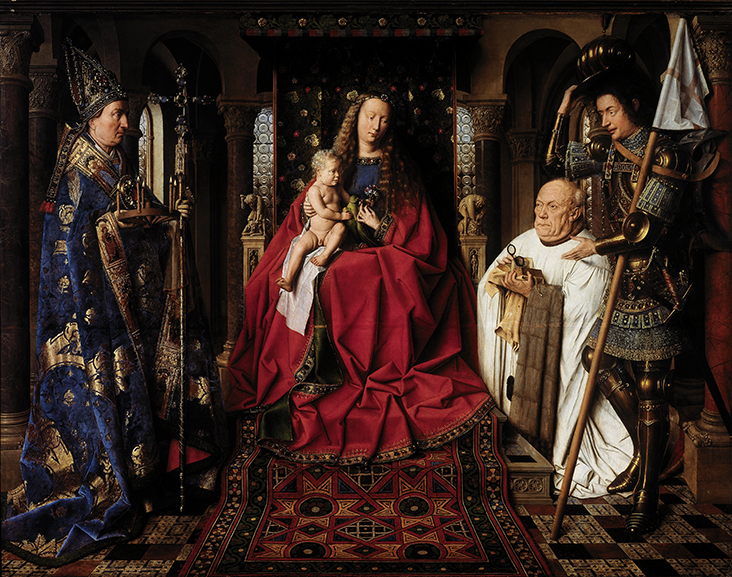
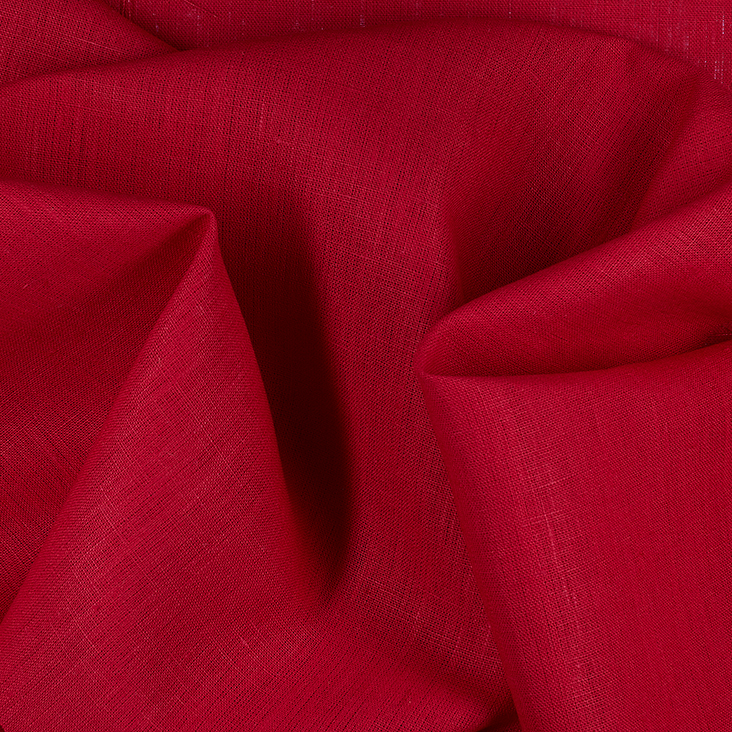
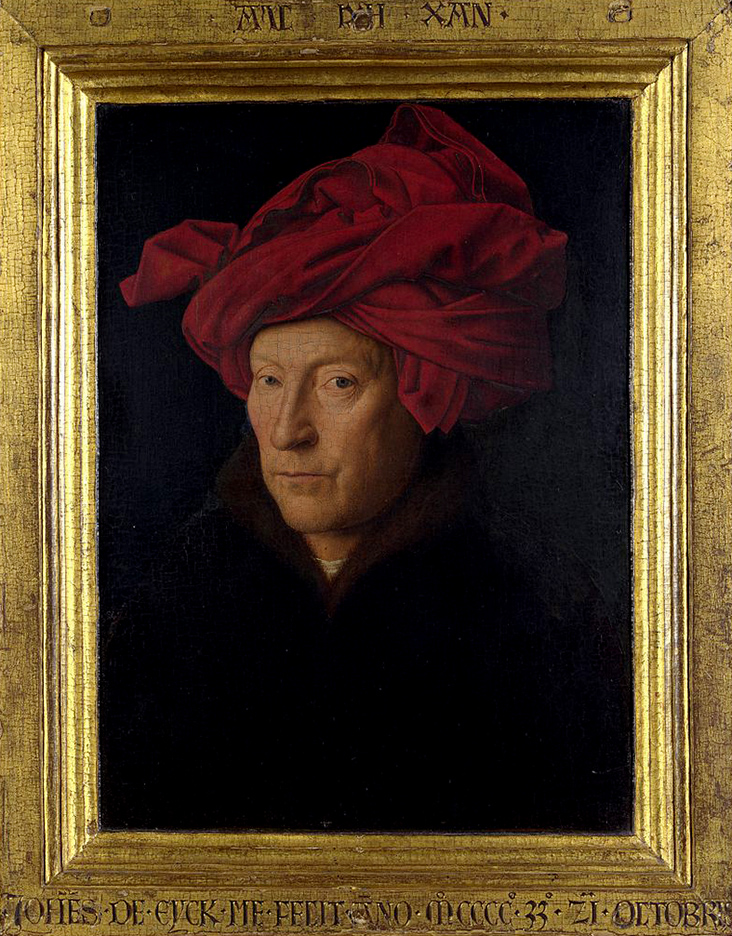





















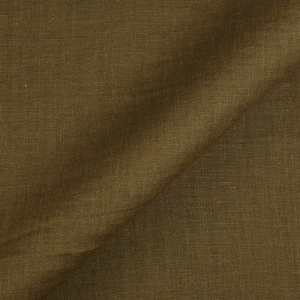
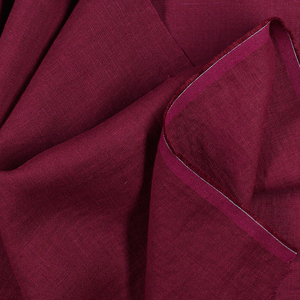

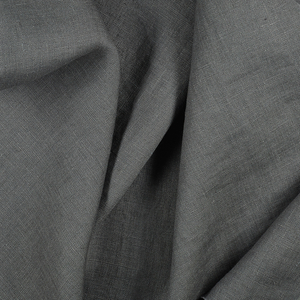
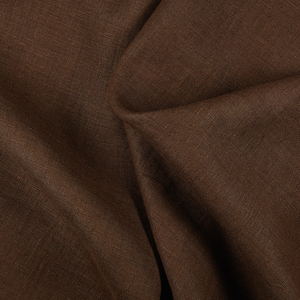


















Leave a comment